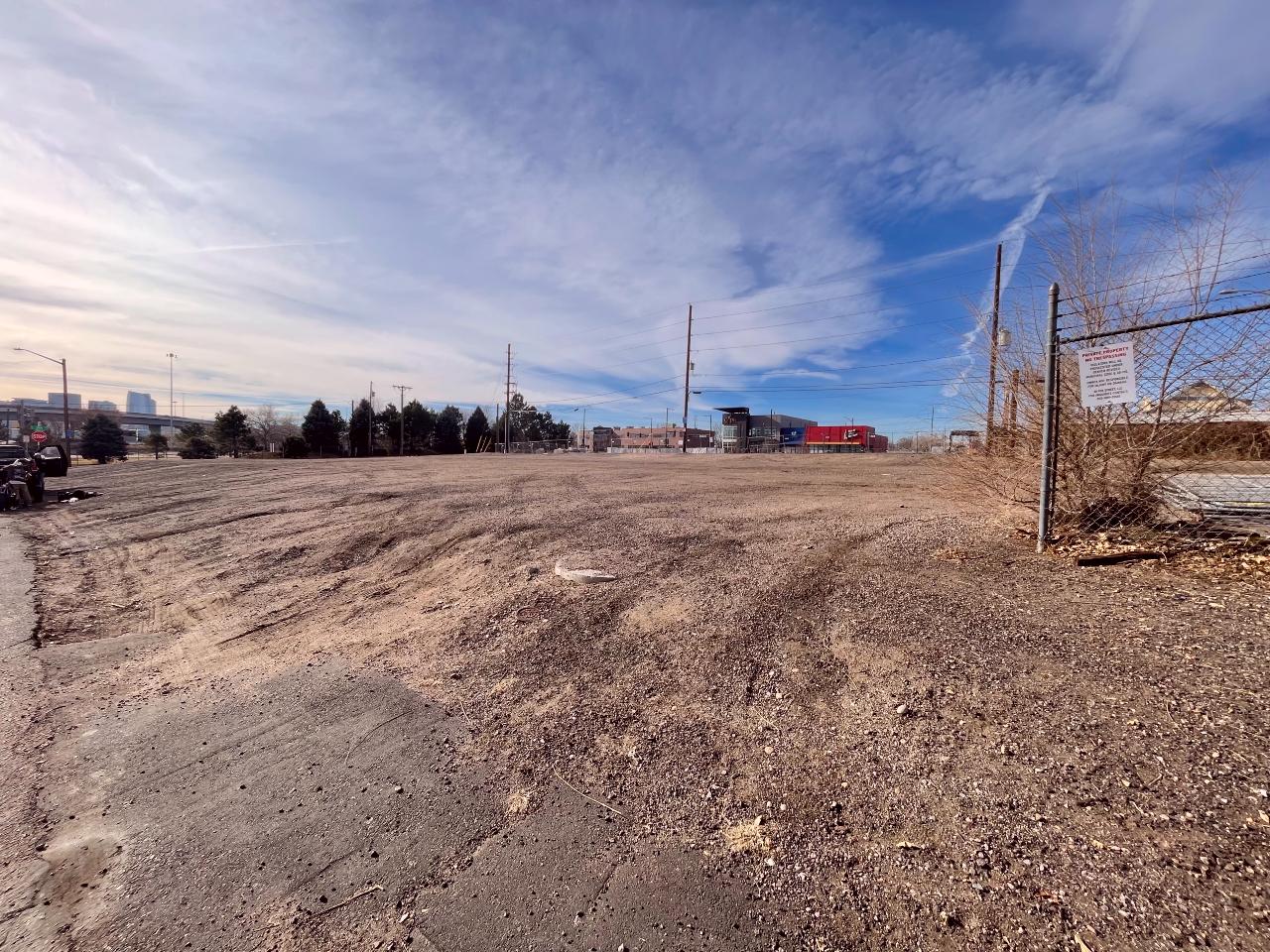
RTD is once more beset by a bunch of bad news, but the good news for us is that there will be a series of four open houses to talk about some of it.
In particular, these open houses deal with commuter rail. So if you're concerned about possible R and W Line service cuts, these aren't the open houses for you. Namely because those aren't commuter rail.
Commuter rail includes the University of Colorado A Line, B Line and G Line. Those lines go faster, sit level with boarding platforms and have a different overhead power system in contrast to RTD's light rail trains.
Actually, if you wanted to learn more about the difference between commuter rail and light rail, that is among the 13 topics RTD plans to discuss. Here's the full list:
- History of FasTracks
- University of Colorado A Line
- B Line
- G Line
- Commuter rail versus light rail
- ADA Design - platforms and train interior
- Art-n-Transit
- Positive Train Control
- Crossing gate technology and performance
- Quad-gate Design
- Gate attendants (flaggers)
- Regulatory approval process
- Quiet zones
There's plenty to work with there, so before you go to one of the open houses, here's a quick cheat sheet to catch you up on the biggest issues.
A Line
RTD scored "a major victory" when the Federal Railroad Administration granted them a five year waiver to operate University of Colorado A Line and the B Line after more than a year of persistent crossing gate issues.
The issues with the A Line have impeded testing on the G Line and left both A and B Lines with constant attendants to ensure that no one crosses the tracks when they shouldn't. Recently, flaggers have been approved for removal at one intersection on the B Line though.
The victory has been somewhat complicated by...
Regulatory approval
The FRA doesn’t supercede the Colorado Public Utilities Commission, which recently denied a request to increase the crossing warning times. Effectively, that has stalled further progress on the G Line to Arvada.
G Line
Before the issues with the crossing gates emerged, the G Line had been scheduled to open. In other words, it was built, and thought to be ready to go. After the issues emerged, final testing was put on hold.
The FRA gave conditional approval to do final testing on the G Line last week. But RTD can’t do it without the approval of the Colorado Public Utilities Commission.
Quiet zones
A Line trains have to blow their horns at each crossing at federally mandated volumes. As the Denver Post notes, the minimum volume "equals the noise level of a motorcycle or gas lawnmower heard from just a few feet away."
RTD could try and establish federally-mandated quiet zones, but hasn't been able to get approval for them because of the A and B Line issues.
When and where to go ask questions
Monday, October 23
Central Park Recreation Center
9651 Martin Luther King, Jr. Blvd, Denver
6 p.m.–7:30 p.m.
Wednesday, October 25
Arvada Center for the Arts and Humanities
6901 Wadsworth Blvd., Arvada
6 p.m.–7:30 p.m.
Thursday, October 26
Wheat Ridge Recreation Center
4005 Kipling St., Wheat Ridge
6 p.m.–7:30 p.m.
Saturday, October 28
Green Valley Ranch Recreation Center
4890 Argonne Way, Denver
10 a.m.–11:30 a.m.
Editor's note: An earlier version of this story misidentified what type of rail the N Line is -- the N Line is commuter rail. The error has been corrected.












